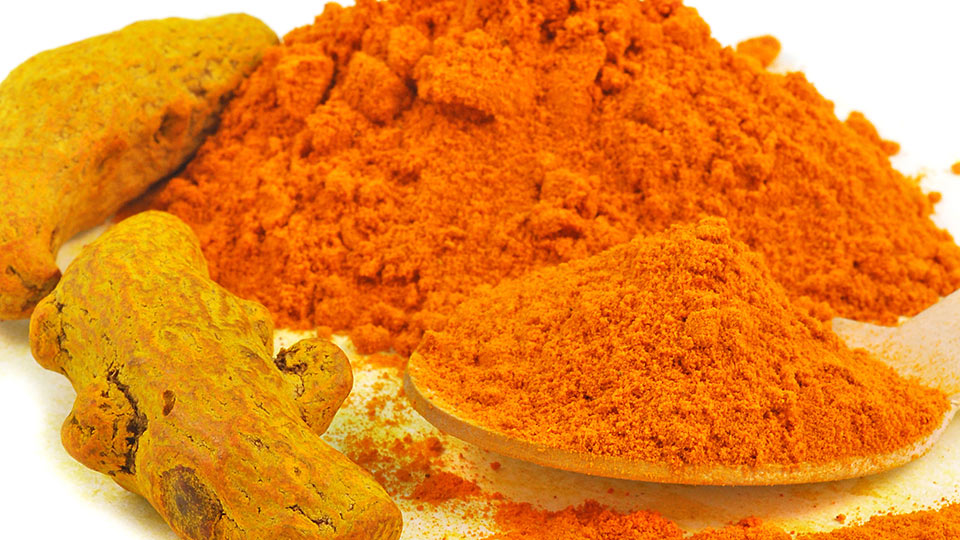Belonging to the ginger family, turmeric has been used in East India and the Middle East for thousands of years, and is now one of the most highly-prized spices in the world. It’s actually unclear whether it was first used for its peppery flavor and the unique kick it lends to foods. Ancient medicinal uses for turmeric began when it was noted as an anti-inflammatory agent, and then to treat a wide variety of conditions, such as jaundice, menstrual problems, blood in the urine, hemorrhaging, toothaches, bruises, chest pain, flatulence, and colic.
The name “turmeric” is derived from the Persian word for “saffron,” the neon yellow-orange hue used to make curry and yellow mustard. A domesticated plant rather than wild, India remains one of the most prominent producers of turmeric, along with Indonesia, the Philippines, China, Taiwan, Jamaica, and Haiti.
The name “turmeric” is derived from the Persian word for “saffron,” the neon yellow-orange hue used to make curry and yellow mustard. A domesticated plant rather than wild, India remains one of the most prominent producers of turmeric, along with Indonesia, the Philippines, China, Taiwan, Jamaica, and Haiti.
Digestion and the liver (Ulcers, diverticulitis, flatulence, leaky gut)
Heart heath (High blood pressure, unhealthy cholesterol)
Immune support (Cancer, colds and flu, bronchitis)
Musculoskeletal strength and flexibility (Joint disorders, arthritis, pain)
Nervous system (Pain, Alzheimer’s)
Wound healing and healthy skin (Eczema, psoriasis)
Diabetes and Menstruation difficultiesSource:http://foodfacts.mercola.com/turmeric.html
Heart heath (High blood pressure, unhealthy cholesterol)
Immune support (Cancer, colds and flu, bronchitis)
Musculoskeletal strength and flexibility (Joint disorders, arthritis, pain)
Nervous system (Pain, Alzheimer’s)
Wound healing and healthy skin (Eczema, psoriasis)
Diabetes and Menstruation difficultiesSource:http://foodfacts.mercola.com/turmeric.html









































